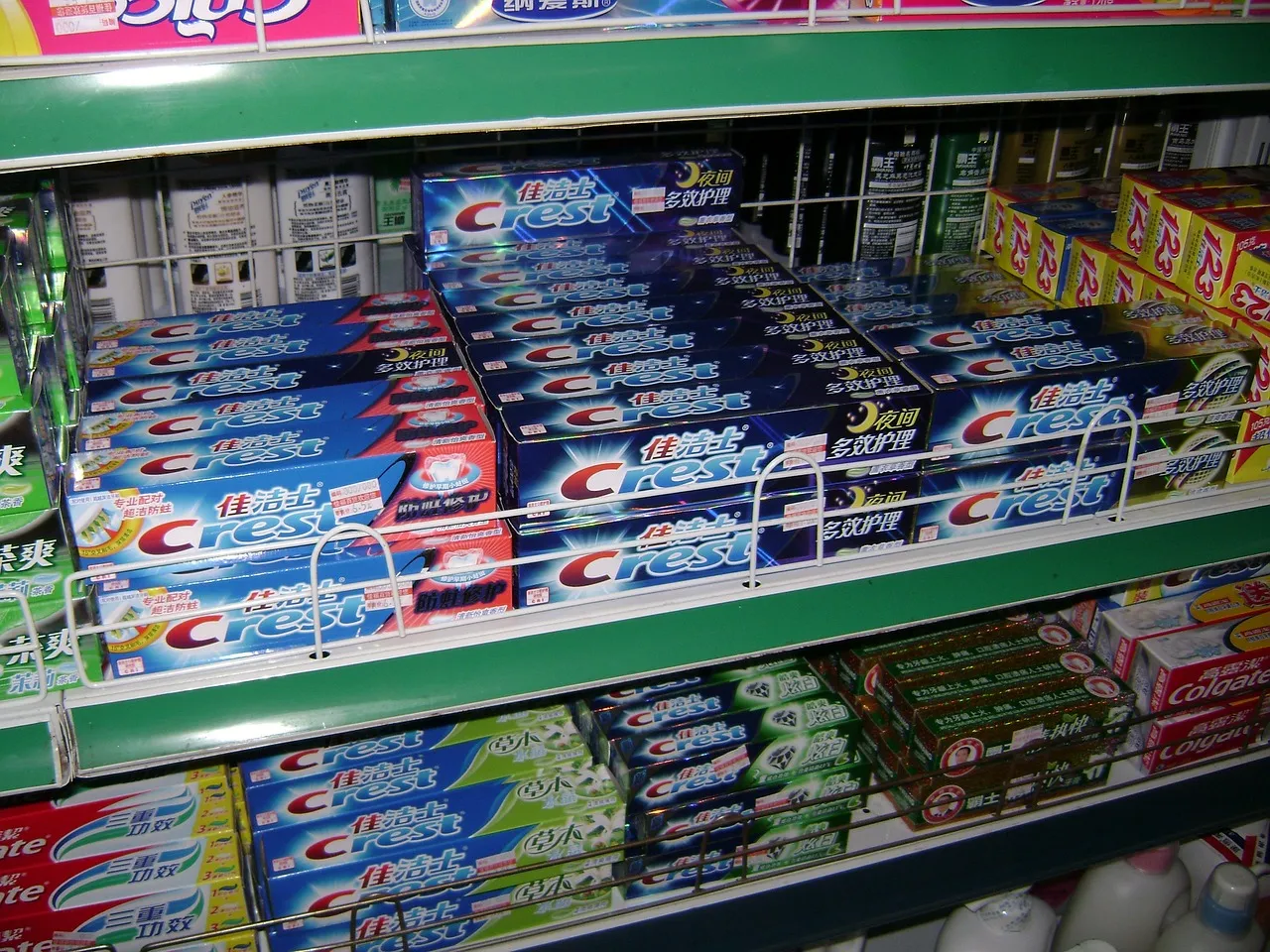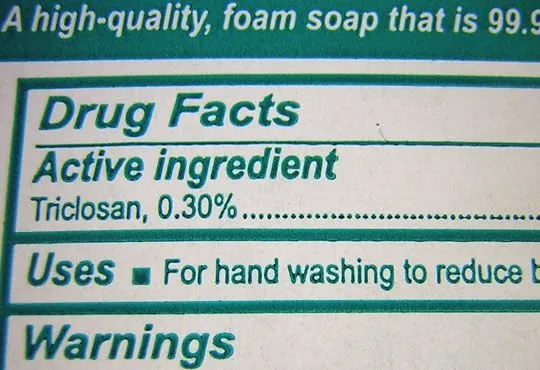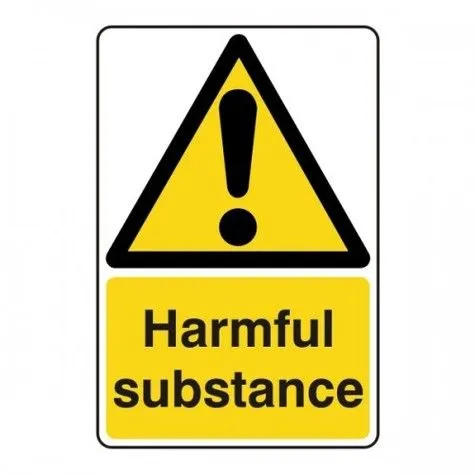
At least 200+ doctors and scientists from around the world have collectively penned a letter, urging for cation and attention to be paid in the matter of using a potentially dangerous antimicrobial in a number of different consumer products.
Their letter is referred to as the The Florence Statement on Triclosan and Triclocarban. And the antimicrobial chemicals in particular that they are concerned with are called Triclosan and Triclocarban. These chemicals are said to be found in thousands of different consumer products that are on the market today.
Triclosan is an antimicrobial that has already been banned by the FDA from being used in hand soaps and body wash throughout the US, but it's still used in many other products.

The hundreds of doctors and scientists together issued their warning at the end of June, just a couple of weeks ago. And they say that there are dozens of peer-reviewed papers which support the notion that triclosan is something to worry about.
They say that this material causes much more harm than good and they argue that it shouldn't be used in any products that are for everyday use.

Scientists argue that triclosan can potentially act as an endocrine disruptor and alter hormone systems which might eventually cause some reproductive or developmental issues. They also suggest that it has the potential to play a big part in the way of contributing to the growing issue of antibiotic resistance, that it can also alter the gut microbiome, and might even promote cancer.
Previous studies that have sought to investigate the prevalence of exposure to triclosan, have shown that the triclosan has been frequently detected and therefore it adds to the worry that many people might suffer from extensive exposure to this chemical. One study from those in the US found that triclosan was present in 75 percent of urine samples.
Seeking Voluntary Solutions...
Those behind the letter say that they aren't arguing for the chemicals to be banned, they just believe that they should be used in an intelligent manner.
They want the world to know that to their knowledge thus far, these chemicals haven't been seen to provide any possible health benefit, making them wonder why it's so prominently found in a variety of toothpastes and other consumer products. They want to help to spread the word and educate the public on the potential for harm here, so that the public (they hope) will start to turn away from using products that contain this substance.
When it comes to putting this chemical in toothpaste for example, scientists suggest that there are a number of beneficial organisms that live in our mouths and so it probably isn't the best decision for us to use harmful chemicals like this in order to disinfect the mouth. Why? because if we do that, then we can get rid of the good stuff along with the bad stuff.
Scientists suggest that the public shouldn't wait for the FDA to tell them what's good or bad, they urge them to already take the step to get away from triclosan if they can. They are also urging for more transparency on the issue.
The hundreds of doctors and scientists who collectively signed the agreement are hoping that they can help to spread awareness about the issue and potentially influence manufacturers to voluntarily stop working with the ingredient.

Pics:
pixabay
glynnesoaps.com
pinterest
The information that is posted above is not intended or implied to ever be used as any substitute for professional medical advice, or diagnosis or treatment. The above is posted for informational purposes only.
Sources:
https://www.ft.com/content/cacc4468-5db6-11e7-b553-e2df1b0c3220
http://www.environmentalhealthnews.org/ehs/news/2017/june/triclosan-warning
https://ehp.niehs.nih.gov/ehp1788/
https://www.washingtonpost.com/national/health-science/triclosan-found-in-antibacterial-soap-and-other-products-causes-cancer-in-mice/2014/11/24/096b8ca4-70cc-11e4-ad12-3734c461eab6_story.html?utm_term=.5a6825bcf0e9
https://link.springer.com/article/10.1007%2Fs10653-015-9777-x
http://onlinelibrary.wiley.com/doi/10.1002/phar.1553/abstract
https://www.ncbi.nlm.nih.gov/pmc/articles/PMC2265044/
https://microbiomejournal.biomedcentral.com/articles/10.1186/s40168-016-0173-2